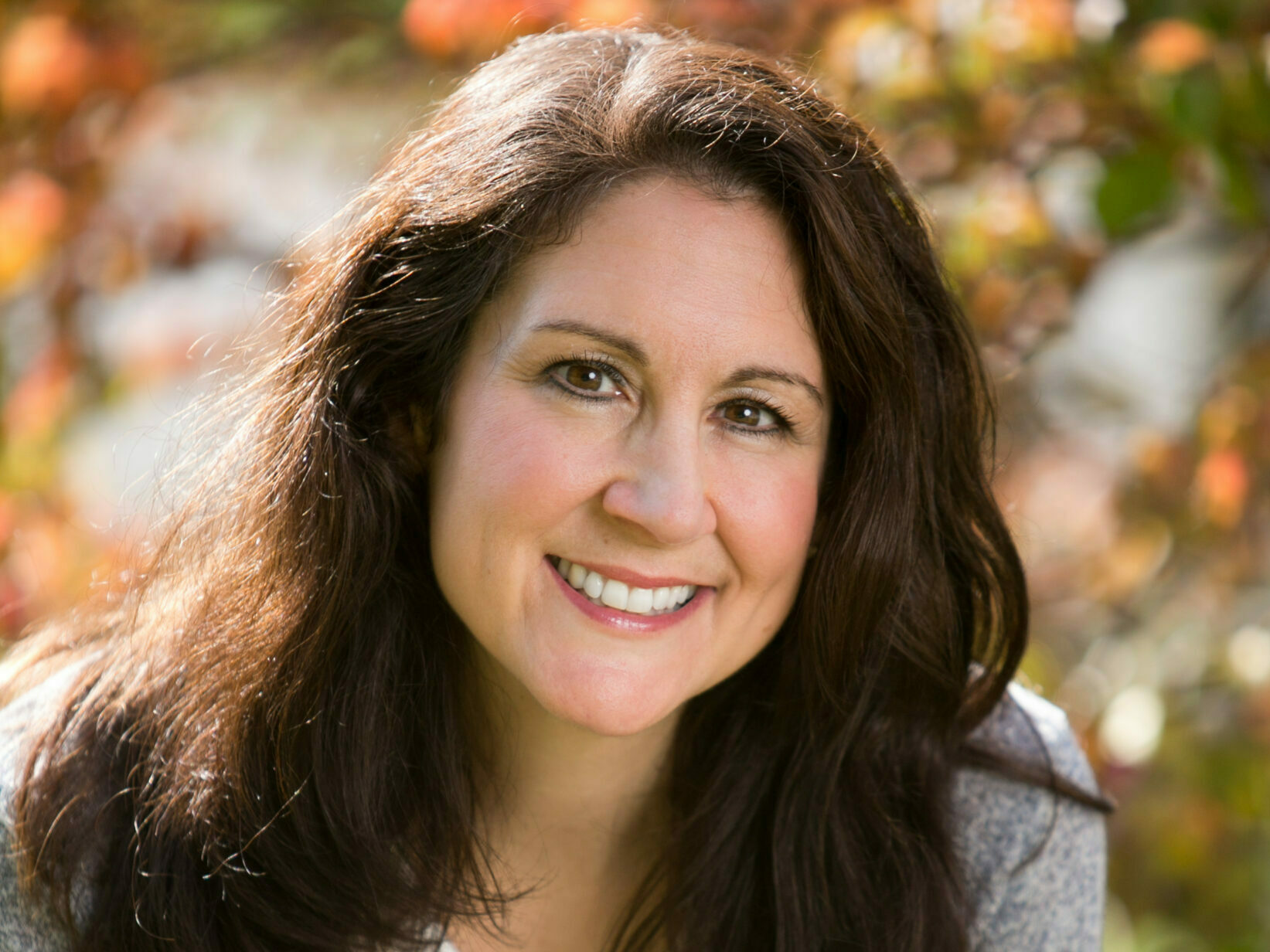
News
Struggling to be Believed
Play audio version
Physicians Often Question Female Patients’ Symptoms
March 6, 2022
Contributor’s & Editor’s Note: It took two years for DJP Mentor Meredith O’Brien to be able to explain the array of symptoms she was experiencing: multiple sclerosis. A disease of the central nervous system, MS manifests itself differently in each person, and because some of its symptoms are difficult to measure, patients are often disbelieved. The excerpt below from O’Brien’s medical memoir – Uncomfortably Numb – delves into how, even after diagnosis, patients with invisible symptoms still face doubting physicians. Its discussion of a chronic illness/disability connects to the DJP’s commitment to amplifying the voices of activists in the pursuit of global disability rights.
I leave Dr. Walker’s* office feeling foolish. The fortysomething doctor with the salt-and-pepper goatee responds to the altered taste symptoms I report to him with a quick, “I’ve never heard of that before.” He says my complaint about a lack of sensation and taste in the middle of my tongue isn’t MS because any anomalies related to the disease would have to involve the whole tongue.
I tell him more areas of my body are losing sensation. I offer an anecdote from the previous week: I am working on my laptop, grading a student’s paper online while sitting at the kitchen table. In the middle of grading, I decide to take a break and take out the recycling that is on the kitchen counter. I carry several plastic bottles and one empty can of dog food out to the garage. When I return to my laptop, I resume typing. A short time later, I look down and see blood smeared over the left-hand side of the keyboard.
Blood has dripped onto the placemat and my lap. As I rinse my left hand in cold water, I spot the cut on my left pinky finger, obviously from the jagged edge of the can of dog food. The strange thing is, as the water runs down and into the cut, I feel nothing. Normally, I would feel the sting as well as the wetness of the blood on my hand.
Dr. Walker sits still for a moment. The pause is long. Then he says, “Well, I sometimes cut my hand and don’t notice it.”
Maybe it really isn’t a big deal, I think. It’s hard for me to tell what is MS and what isn’t. For someone whose first symptom was numbness – whose reports of numbness were initially dismissed as likely the result of anxiety – I had been fretting that this recent experience could be significant.
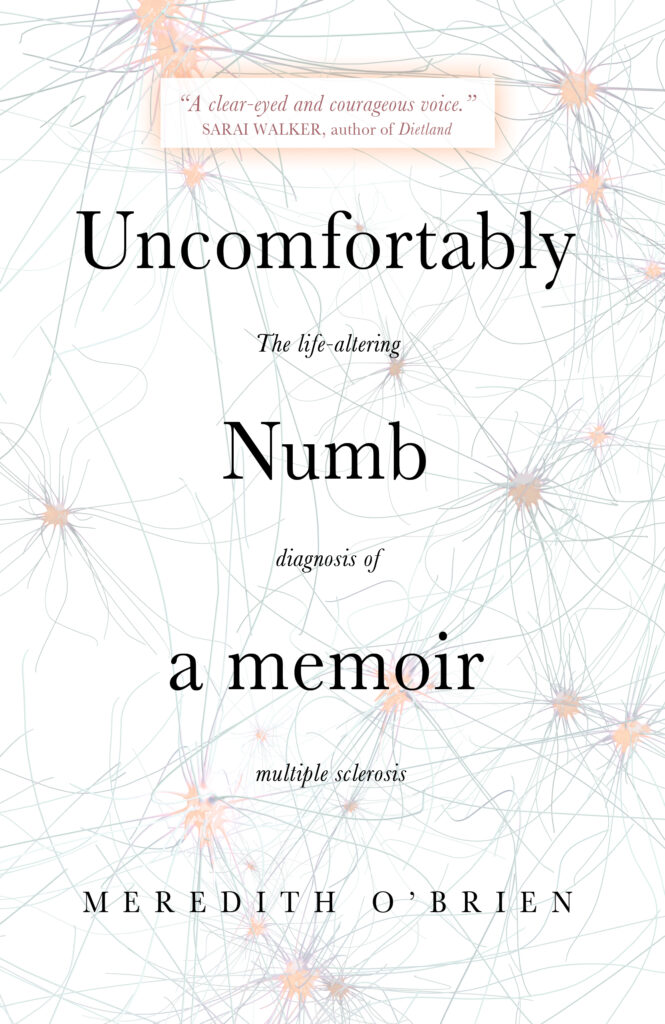
Later, Dr. Walker admits he likes things that can be measured. Like this peg-in-a-hole test he has me do to assess hand-eye coordination. He sets the timer on his iPhone and has me use my right hand to pick up plastic pegs from a round well next to a plastic board and, one by one, place the pegs in the holes in the board as fast as I can, followed by removing them, individually, and returning them to the well. Then I repeat the task with my left hand. There’s a crisp surety to the test results which yield times that can be measured against previous and future scores.
During a subsequent discussion about MS symptoms like light-headedness, Dr. Walker says, “[D]izziness or other squirrely symptoms are squishy and subjective. Forget what [the patient] says. What does the MRI say?”
Physicians tend to assess the veracity of their patients – which is, ironically, also a subjective measure – before exploring new, unmeasurable symptoms. But many MS symptoms, like fatigue and nausea, are unquantifiable, impossible to be measured by an external, unbiased machine, and, therefore, are easily dismissed since there is no one test that can say, “This patient is more fatigued than someone of her age and level of fitness should be. So says the test.” Or, “This report says her level of taste is significantly altered.”
With each shrug and utterance of, “I’ve never heard of that,” I feel like that uncertain little girl I once was. It makes me reluctant to mention any new future symptoms for fear I’ll wind up feeling stupid like I did when my first neurologist, Dr. Sabine*, explained away my left-side numbness as “psychosomatic” (even though an MRI found that I had a brain lesion). If I ever experience some of the more intimate and embarrassing symptoms of MS – sexual dysfunction, loss of bladder or bowel control – I will be reticent to muster the courage to discuss them because I don’t want them dismissed as unrelated or irrelevant.
Simultaneously, I start researching the treatment of female patients. The research is damning. Having a physician question a female patient’s story, questioning her reporting what’s going on in her own body, is, unfortunately, not unusual. It is quite prevalent, this notion of “female pain” being “perceived as constructed or exaggerated,” as writer Leslie Jamison says. In an October 2015 Atlantic piece, “How Doctors Take Women’s Pain Less Seriously,” writer Joe Fassler chronicles his wife’s emergency room experience when nurses and doctors doubt her reports of excruciating abdominal pain. What she had was something called “ovarian torsion,” a twisted ovary, which a medical journal calls “a true surgical emergency,” Fassler writes. However, the medical staff treat her writhing pain with indifferent contempt. After hours of waiting Fassler says a doctor finally examines the results of a CT scan and discovers his wife has “a large mass in her abdomen.” There’s the objective, scientific report that many physicians require to validate a woman’s testimony, because, you know, you can’t just take a female patient’s word for it.
Fassler’s piece leads me to the 2001 The Journal of Law, Medicine & Ethics’ article ”The Girl Who Cried Pain: A Bias Against Women in the Treatment of Pain” by Professors Diane E. Hoffmann and Anita J. Tarzian, which found that women’s pain is undertreated and met with great skepticism. “The subjective nature of pain requires health care providers to view the patient as a credible reporter, and stereotypes or assumptions about behavior in such circumstances (oversensitivity, complaining, stoicism) add to the likelihood of under-treatment of some groups and over-treatment of others,” the report says. “Physicians have found women to have more ‘psychosomatic illnesses, more emotional lability and more complaints due to emotional factors’ than men.”
When it comes to female patients, it seems, the medical folks want the cold, hard facts. “In Western medicine, health-care providers are trained to rely predominantly on objective evidence of disease and injury.” Hoffmann and Tarzian write. “The medical model overemphasizes objective, biological indicators of pain and under-acknowledges women’s subjective, experiential reports.”
Am I seen as an unreliable narrator for my own body? I wonder.
* Names of this piece have been changed.
Reprinted with permission. “Uncomfortably Numb: a memoir” by Meredith O’Brien, Wyatt-MacKenzie Publishing, 2020.
Boston area writer and DJP Mentor Meredith O’Brien is the author of four books, including the award-winning Mr. Clark’s Big Band: A Year of Laughter, Tears and Jazz in a Middle School Band Room. She teaches journalism and writing at Northeastern University, where she serves as the writing coach. She also teaches creative nonfiction for Bay Path University’s MFA program. Visit her website or follow her on Twitter.
News From the Global Frontlines of Disability Justice

Advancing Democracy
Rwanda has made significant progress in making its elections more accessible, highlighted by the July 15 general elections where notable accommodations were provided. This was a major step forward in disabled Rwandans’ quest for equal rights and participation. “You cannot imagine how happy I am, for I have voted by myself and privately as others do accessibly,” says Jean Marie Vianney Mukeshimana, who used a Braille voting slate for the first time. “Voting is a deeply emotional and meaningful experience for a person with any disability in Rwanda, reflecting a blend of pride, empowerment, and hope.”
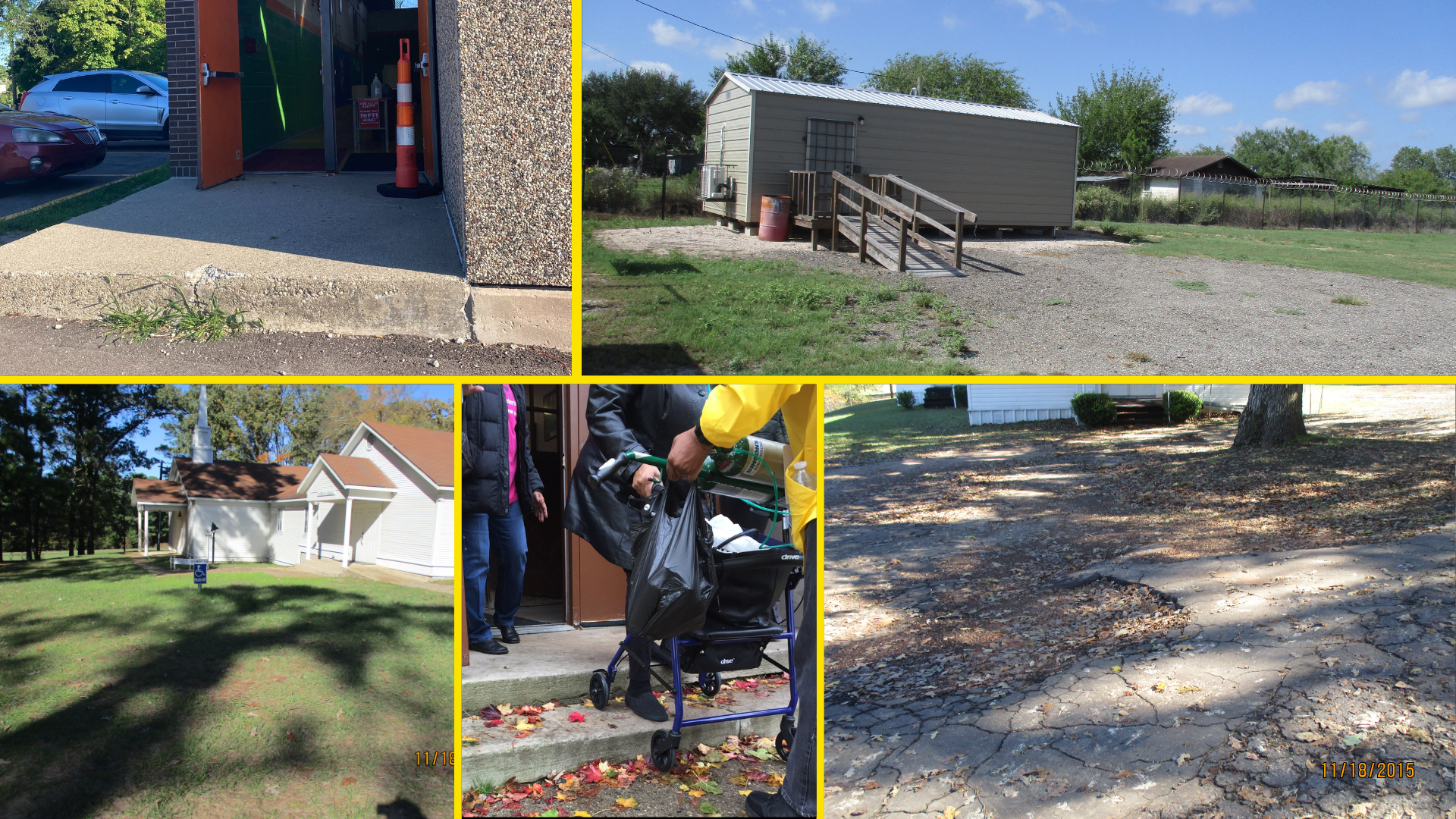
Barriers to the Ballot
Despite legislation like the Americans with Disabilities Act, barriers at the polls still hinder — and often prevent — people with disabilities from voting. New restrictive laws in some states, such as criminalizing assistance with voting, exacerbate these issues. Advocacy groups continue to fight for improved accessibility and increased voter turnout among disabled individuals, emphasizing the need for multiple voting options to accommodate diverse needs. ““Of course, we want to vote,” says Claire Stanley with the American Council of the Blind, “but if you can’t, you can’t.”
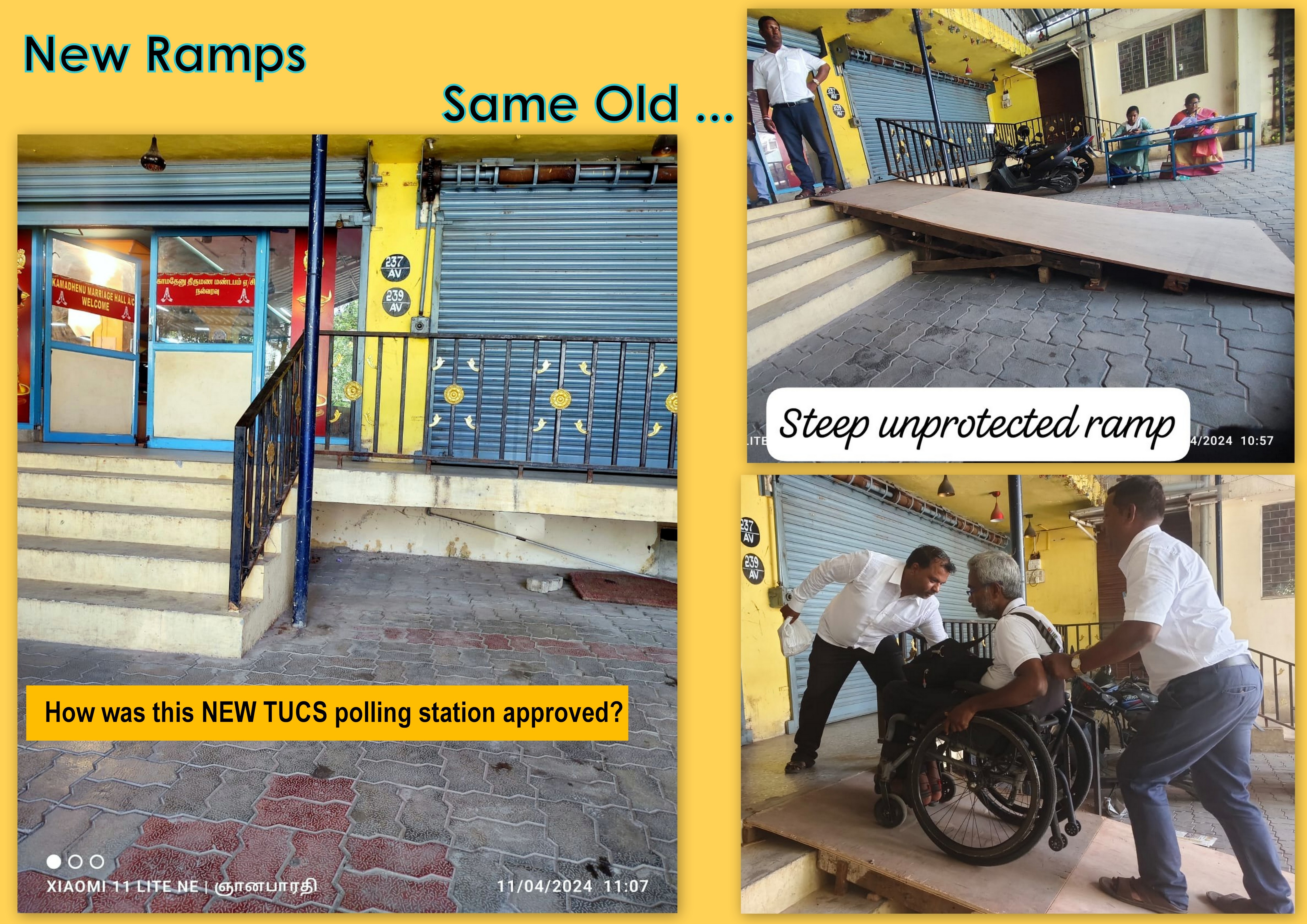
Democracy Denied
In 2024, a record number of voters worldwide will head to the polls, but many disabled individuals still face significant barriers. In India, inaccessible electronic voting machines and polling stations hinder the ability of disabled voters to cast their ballots independently. Despite legal protections and efforts to improve accessibility, systemic issues continue to prevent many from fully participating in the world’s largest democracy. “All across India, the perception of having made a place accessible,” says Vaishnavi Jayakumar of Disability Rights Alliance, “is to put a decent ramp at the entrance and some form of quasi-accessible toilet.”
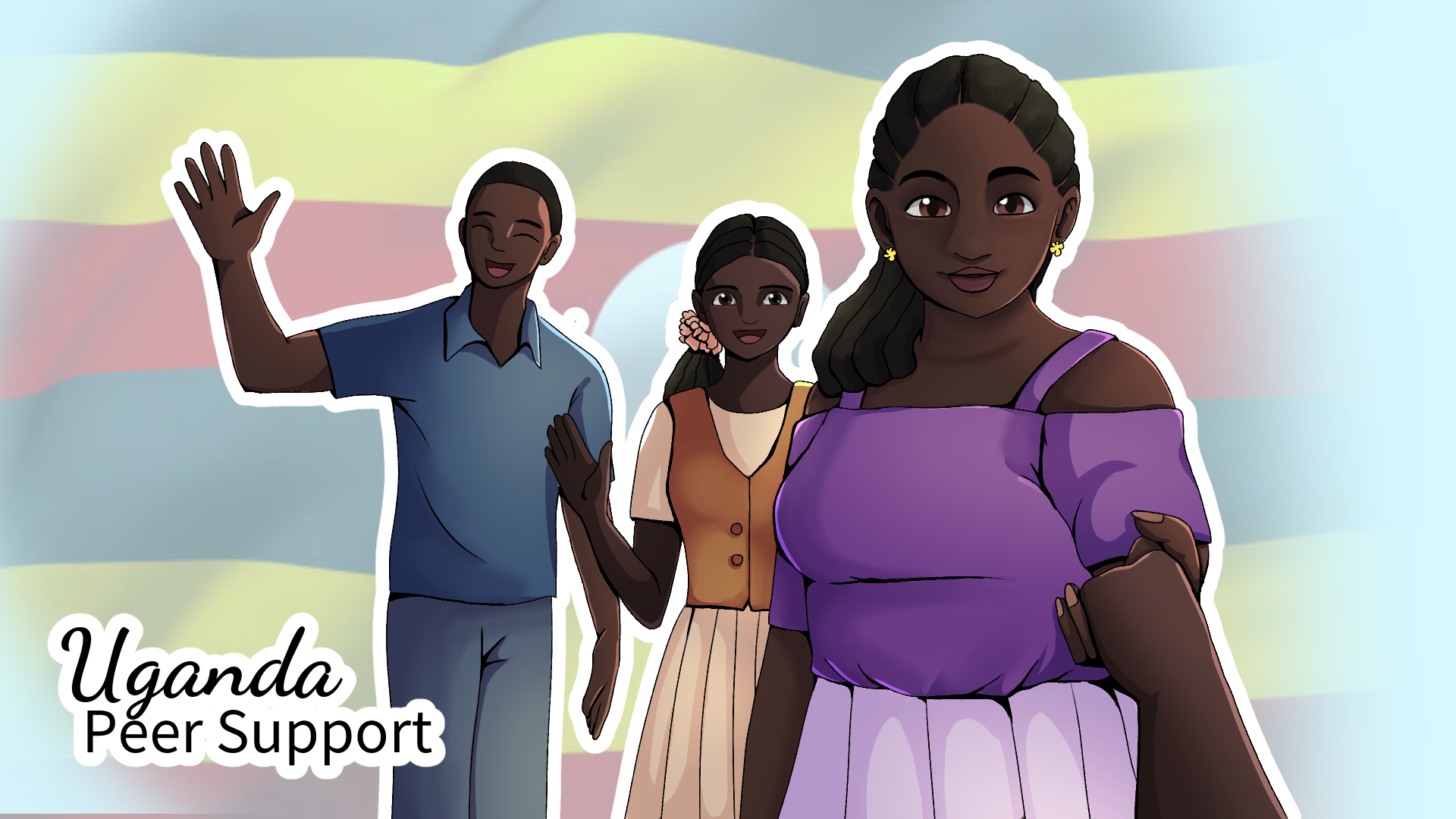
Triumph Over Despair
DJP Fellow Esther Suubi shares her journey of finding purpose in supporting others with psychosocial disabilities. She explores the transformative power of peer support and her evolution to becoming an advocate for mental health. “Whenever I see people back on their feet and thriving, they encourage me to continue supporting others so that I don’t leave anyone behind,” she says. “It is a process that is sometimes challenging, but it also helps me to learn, unlearn, and relearn new ways that I can support someone – and myself.”
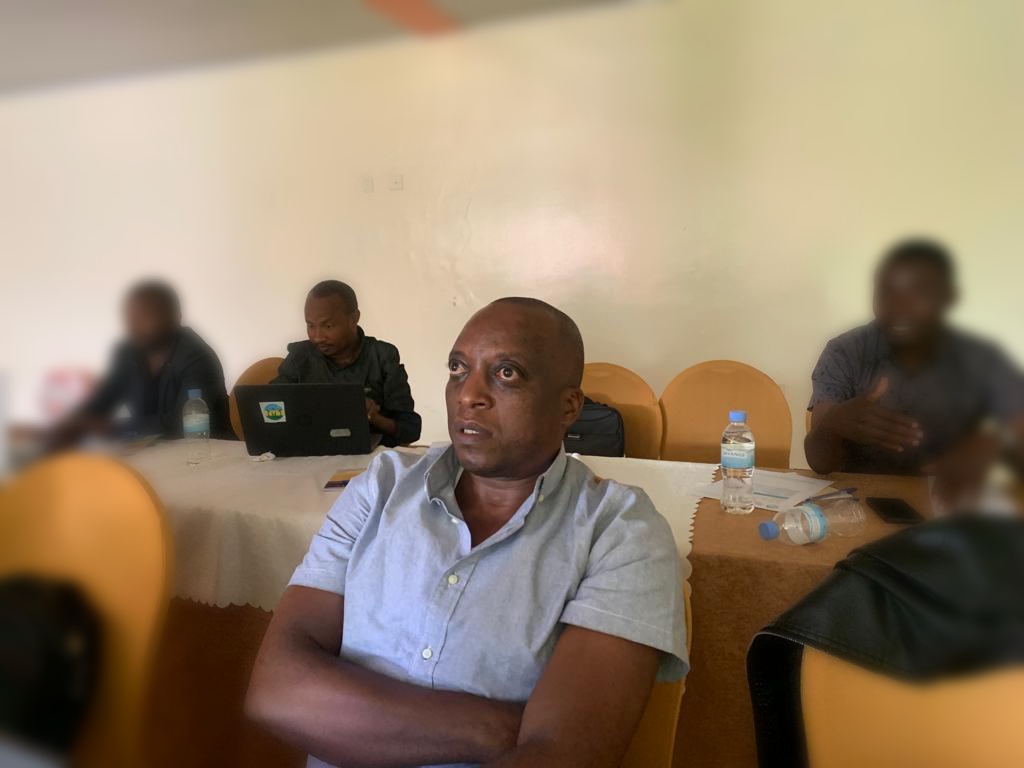
‘Our Vote Matters’
As Rwanda prepares for its presidential elections, voices like Daniel Mushimiyimana’s have a powerful message: every vote counts, including those of citizens with disabilities. Despite legal frameworks like the UN Convention on the Rights of Persons with Disabilities, challenges persist in translating these into practical, accessible voting experiences for over 446,453 Rwandans with disabilities. To cast a vote, blind people need to take a sighted relative to read the ballot. An electoral committee member must be present, violating the blind person’s voting privacy. “We want that to change in these coming elections,” says Mushimiyimana.

Voices Unsilenced
Often dismissed as a personal concern, mental health is a societal issue, according to Srijana KC, who works as a psychosocial counselor for the Nepali organization KOSHISH. KC’s own history includes a seizure disorder, which resulted in mental health challenges. She faced prejudice in both educational settings and the workplace, which pushed her towards becoming a street vendor to afford her medications. Now with KOSHISH, she coordinates peer support gatherings in different parts of Nepal. “It is crucial to instill hope in society, recognizing that individuals with psychosocial disabilities can significantly contribute,” she says.